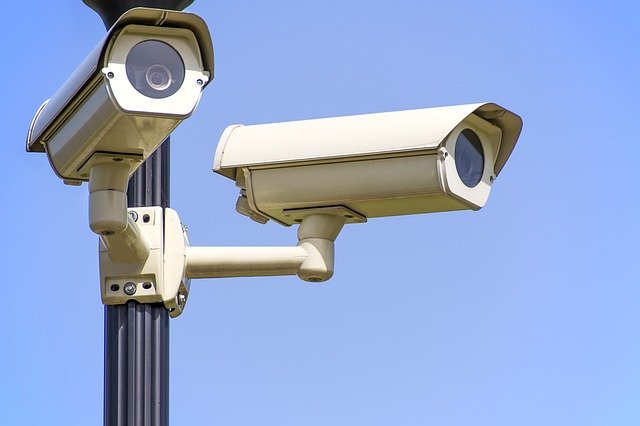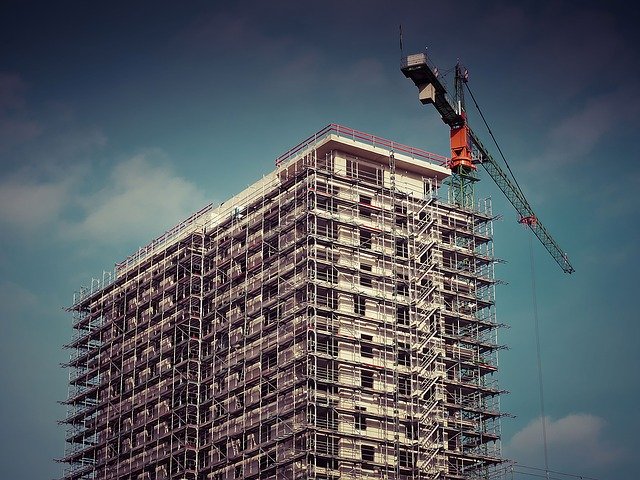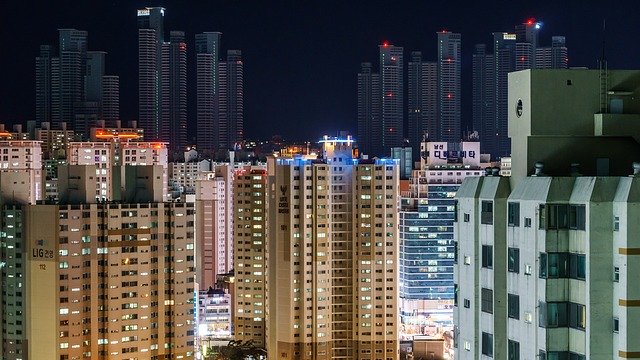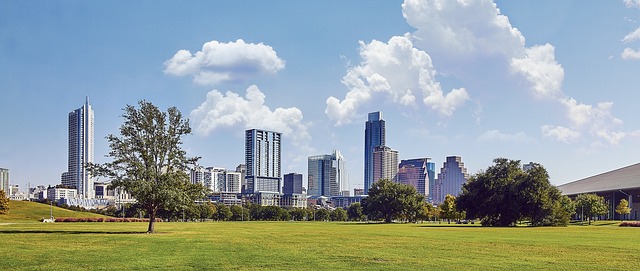In a 2018 survey of renters’ greatest concerns, safety went unmentioned — though it might as well have been.
When asked what they most notice when considering an apartment, tenants mentioned “neighborhood” right after “price,” which is the virtual equivalent of saying that one of their top concerns was their own safety. Ditto for when they were asked what they wish they had known more about before renting. No. 2 on the list was neighbors.
It is incumbent upon those who own and manage multifamily properties, then, to allay the fears of those who will be living there. It is also legally expedient, since they could be held liable for incidents that occur. Consider the example offered on one law firm’s website of another firm, based in Richmond, Va., representing a woman who had been raped, stabbed and left for dead by a maintenance worker in her apartment complex — and earning a $3 million settlement, when it was determined that the worker in question had not been vetted extensively enough before his hire. And consider the horror stories told in the comments section of that same post — tales of landlords who did not respond to tenants’ complaints about repairs that needed to be done, much less burglaries and muggings that had occurred on the property.
So that’s the starting point for any property owner/manager — common sense. Being attentive to residents’ needs. Understanding what needs to be done in order to keep them safe, and following through. Those needs fall, broadly, into three categories: communal, technological and environmental.
Technological
It is widely agreed that surveillance cameras are critical in not only deterring criminal activity, but in making residents feel more secure and providing evidence in the event of a crime. So that is one simple low-cost step landlords might take.
Also common, as noted on an exhaustive list compiled by BDCNetwork.com, is the installation of a security system, whether it involves an intercom, key fob/card or video system. (Biometric systems are also coming into vogue, as are those that use a smartphone app.)
BDC further pointed to a piece by Silva Consultants outlining the importance of establishing “concentric layers of protection,” with the first layer beginning, basically, at the curb outside the property, and successive measures taken to keep residents safe — the idea being that they are not dependent on any single measure.
Communal
Vector Security cited a Harvard University study saying that violence decreases by as much as 40 percent in those communities where residents know and watch out for each other. That sort of togetherness can be encouraged by management, either by incorporating common areas into the design of the multifamily property or by planning activities for residents.
At the very least, a landlord should network with tenants, making them aware of what the neighborhood is like, reassuring them as to the security measures that have been enacted on the property and, as mentioned, being receptive to their concerns.
Environmental
BDC mentions several that involve doors, fencing and shrubbery, to name three. There should be a limited number of entrances, according to that site, and visitors should be funneled to the main one. Fences should be designed with security in mind, not aesthetics. And BDC urges following the “3/7 Rule” for landscaping — that bushes should trimmed so they stand no more than three feet in height, and tree canopies no more than seven.
Finally, there is the issue of lighting. One expert told BDC that “balanced white light” is ideal, as it gives onlookers the best view of potential threats.





